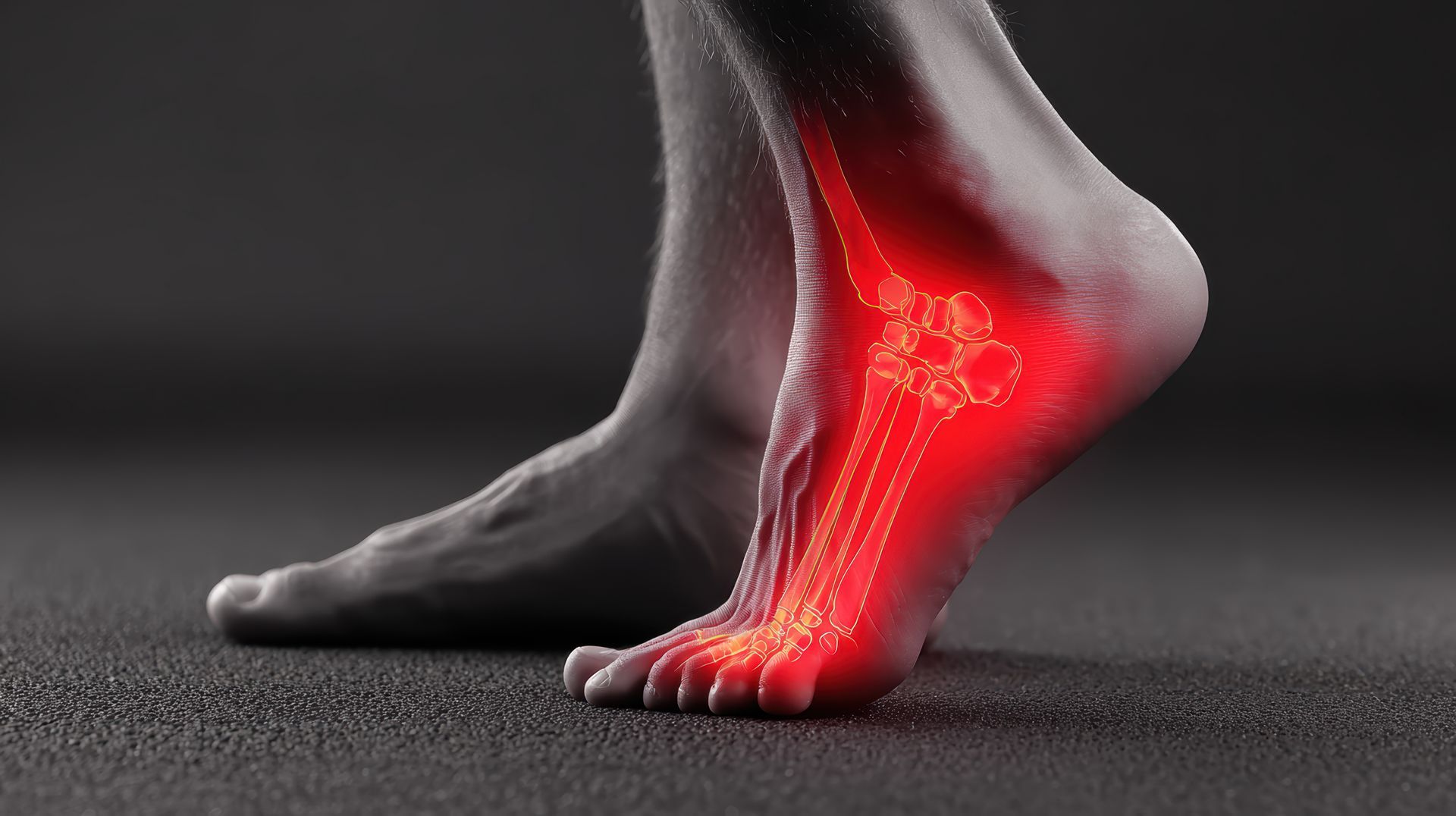Regenerative Therapies for Joint Pain
Joint pain is a prevalent issue affecting millions of people worldwide, significantly impacting their quality of life and daily activities. In Richmond, Virginia, Chronic Care of Richmond is pioneering innovative solutions to address this common affliction. Joint pain often arises from conditions such as osteoarthritis and degenerative joint disease, which can make even the simplest tasks challenging. Traditional treatments, like NSAIDs and cortisone, typically offer only temporary relief and may lead to unwanted side effects. Consequently, there is a growing interest in non-surgical options that promise long-term relief without invasive procedures.
Understanding Joint Pain
Joint pain is a complex condition that can significantly affect an individual's daily life. It is often caused by degenerative diseases like osteoarthritis, where the cartilage cushioning the joints wears down, leading to pain and stiffness.. This condition can severely limit mobility and function, prompting sufferers to seek effective treatments. While traditional methods provide temporary relief, they do not address the underlying causes of joint pain, necessitating the exploration of alternative therapies.
The Benefit of Regenerative Therapies
Regenerative therapies have emerged as an alternative in the medical field, offering a potential solution to joint pain without the need for surgery. These treatments aim to repair damaged tissues by harnessing the body's natural healing mechanisms. Key types of regenerative treatments include regenerative cell and tissue therapy and PRP (Platelet-Rich Plasma) injections. Clinics like Chronic Care of Richmond favor these therapies for their non-surgical, holistic approach and long-term benefits. By promoting tissue regeneration, regenerative therapies offer hope for sustained pain relief and improved joint function.
Regenerative Cell Therapy: A Frontier in Regenerative Medicine
Regenerative cell therapy is at the forefront of regenerative medicine, offering a groundbreaking approach to joint pain relief. These cells have the unique ability to differentiate into various cell types, making them invaluable for tissue repair. The cellular mechanisms at play involve reducing inflammation and repairing damaged tissues. Studies have shown the efficacy of cell therapy in treating joint conditions.
Mechanisms of Action: Beyond differentiation, cells contribute to joint repair through paracrine signaling—releasing bioactive molecules that modulate the inflammatory environment, recruit other cells to the site of injury, and facilitate tissue remodeling. They also possess immunomodulatory properties, helping to regulate immune responses and further reduce inflammation.
Applications in Joint Conditions: Cell therapy has shown promising results in treating conditions such as osteoarthritis, degenerative joints, and tendon injuries. By promoting cartilage regeneration and reducing inflammation, cells can improve joint function and alleviate pain, potentially slowing disease progression.
Research and Clinical Trials: Numerous studies and clinical trials are underway to further establish the efficacy and safety of cell therapy. Research is focused on optimizing cell sourcing, enhancing delivery methods, and understanding long-term effects. For example, trials have demonstrated improvements in pain and function in osteoarthritis patients following cell injections.
Advantages Over Traditional Treatments: Compared to traditional treatments like corticosteroid injections or surgery, cell therapy offers a less invasive option with the potential for longer-lasting benefits. It aims to address the root cause of joint degeneration rather than merely alleviating symptoms.
PRP Injections: Harnessing the Body's Healing Power
PRP injections are another innovative regenerative therapy gaining popularity for joint pain relief. Platelet-Rich Plasma is derived from the patient's own blood and contains components that promote healing. The growth factors in PRP stimulate tissue regeneration and repair, making it an effective treatment for joint pain. The process involves injecting the prepared PRP into the affected area, targeting pain, and improving joint function. By leveraging the body's natural healing processes, PRP injections offer a promising alternative to traditional pain management strategies.
Comparing Regenerative Therapies to Traditional Treatments
When comparing regenerative therapies to traditional treatments, several advantages become apparent. Regenerative therapies often result in reduced recovery time and a lower risk of complications compared to surgical interventions. Potential drawbacks include the cost and availability of these treatments. Long-term outcomes of regenerative therapies often surpass those of traditional methods, offering a promising alternative for those seeking relief. It's important to address misconceptions about these therapies, ensuring that patients understand the scientific basis and potential benefits. As research continues to advance, the role of regenerative therapies in joint pain management is likely to expand.
The Future of Regenerative Medicine
Current trends in regenerative medicine indicate a growing body of research supporting these therapies for joint pain. Recent advancements and innovations are continually improving their efficacy and application. The potential future applications of regenerative medicine extend beyond joint pain, offering hope for a variety of conditions. Ongoing clinical trials and upcoming studies are significant to the field, contributing to the growing evidence base. In Richmond, Virginia, the emphasis on non-surgical options is in line with the broader trend of integrating regenerative therapies into healthcare, potentially transforming patient outcomes.
Expert Opinions and Patient Experiences
Expert opinions and patient experiences provide valuable insights into regenerative therapies. Medical professionals specializing in this field often express optimism about the future of these treatments. Patient testimonials and case studies reveal the positive impact of regenerative therapies on their lives. As patients increasingly seek out non-surgical, non-opioid solutions for joint pain, the demand for regenerative therapies is expected to grow.
Regenerative therapies represent a new era in joint pain relief, offering hope to those seeking non-surgical, non-opioid solutions. As the field continues to evolve, the potential for these therapies to improve patient outcomes in Richmond and beyond is significant. Chronic Care of Richmond stands at the forefront of this movement, providing innovative treatments that align with their holistic approach to pain management. By embracing regenerative therapies, individuals suffering from joint pain can look forward to a future with reduced pain and enhanced mobility.
For more information about regenerative therapies for joint pain and how they can benefit you,
contact Chronic Care of Richmond today. Our dedicated team is committed to providing cutting-edge treatments and personalized care to help you achieve optimal health and well-being.




